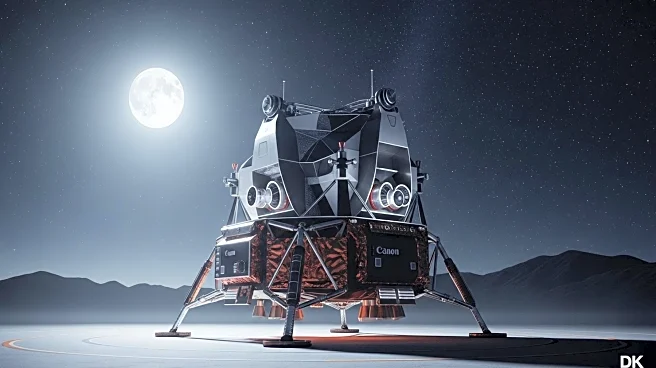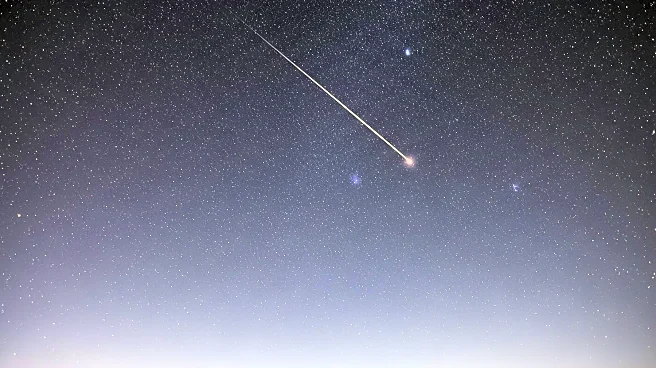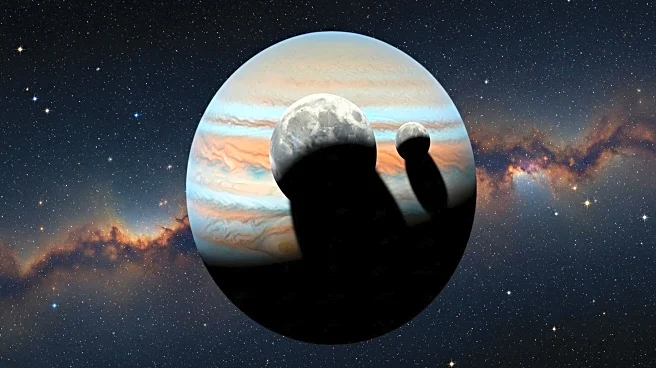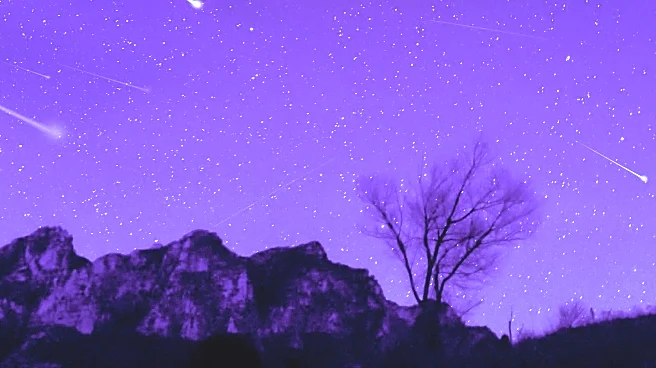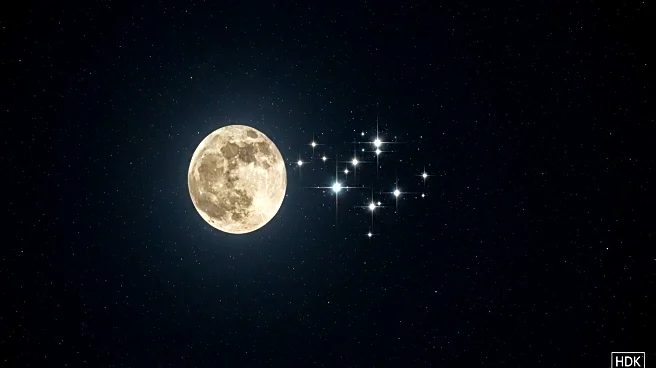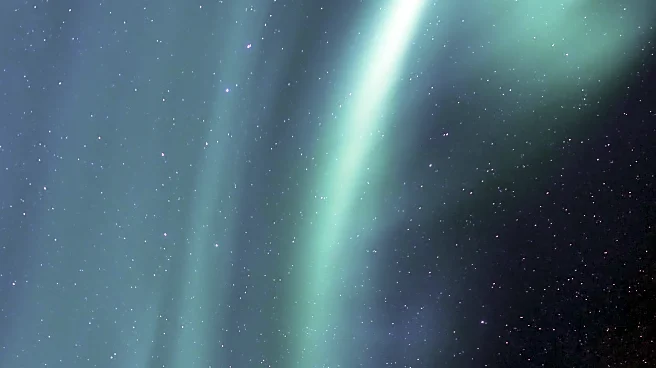What is the story about?
What's Happening?
The Orionids meteor shower, originating from Halley's Comet, is currently visible and will peak on the evening of October 20 and the morning of October 21. This meteor shower is known for its bright, fast-traveling meteors that leave trails in the sky. The Orionids is one of the longest-running major meteor showers, lasting over a month and a half. Observers in the U.S. can expect to see 10 to 20 meteors per hour under perfect conditions. The best viewing times are between midnight and dawn, and the meteors will appear to originate from the Orion constellation, which rises above the eastern horizon around midnight.
Why It's Important?
Meteor showers like the Orionids provide a unique opportunity for the public to engage with astronomy and appreciate the natural wonders of the universe. The event encourages people to explore outdoor spaces away from urban light pollution, fostering a connection with nature. Additionally, such celestial events can inspire interest in science and technology, potentially influencing educational pursuits and career choices in these fields. The Orionids, being linked to Halley's Comet, also offer a historical perspective on cometary science and the study of cosmic phenomena.
What's Next?
Following the Orionids, other meteor showers such as the Draconids and Northern Taurids will also be visible. The Draconids, a short meteor shower, peaked on October 8, while the Northern Taurids will continue through December, with their peak in November. These events provide ongoing opportunities for stargazing and astronomical observation throughout the fall season.
Beyond the Headlines
Meteor showers like the Orionids can have cultural significance, often being associated with myths and folklore. They also serve as reminders of the vastness of space and the ongoing exploration of our solar system. The study of meteors contributes to our understanding of the composition and behavior of comets, which are remnants from the early solar system.
AI Generated Content
Do you find this article useful?



